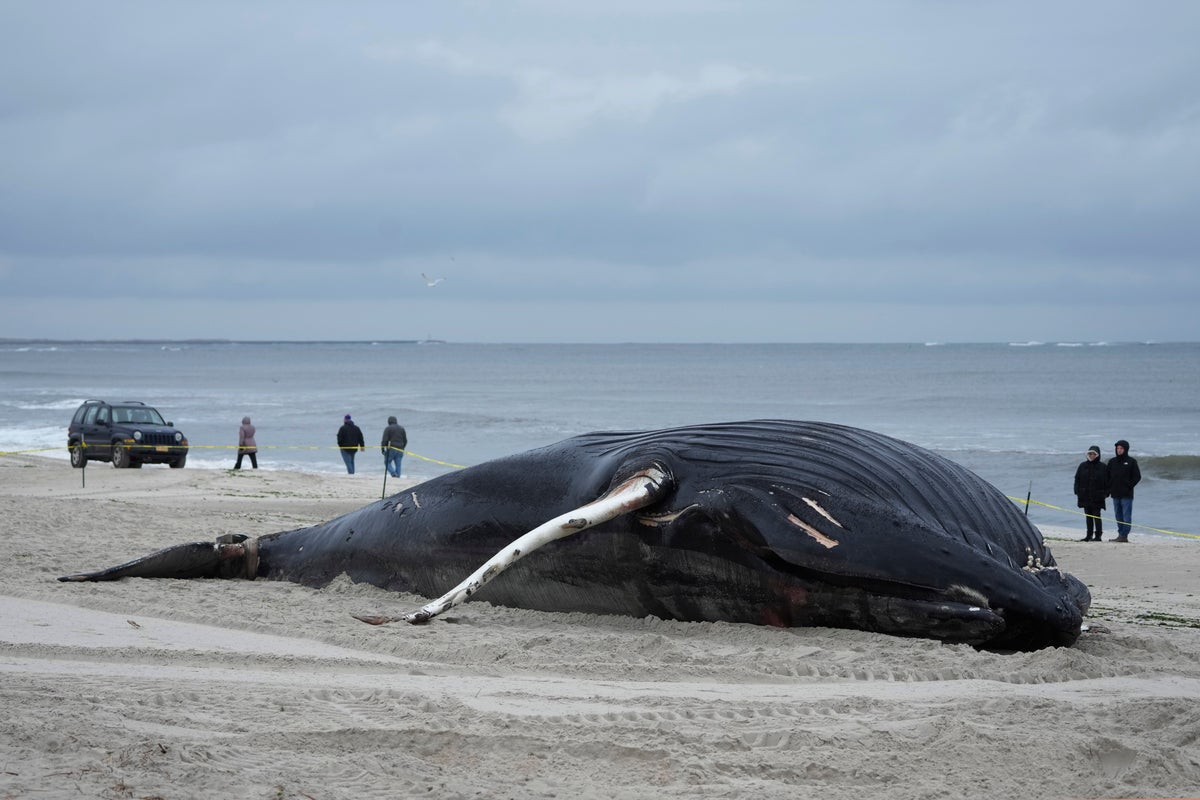Scientists have deciphered the potential for the arena’s biggest animals – the whales – to sequester the greenhouse gasoline carbon dioxide within the ocean that reasons world warming.
Earlier research have discovered that the planet’s oceans are the most important carbon sinks, soaking up just about a 3rd of the circumstance’s greenhouse gasoline emissions.
In a pristine learn about, scientists, together with the ones from the College of Alaska Southeast in the United States, analyzed whales’ function within the world carbon cycle and the way they are able to doubtlessly give a contribution to general discounts in atmospheric carbon dioxide.
“Understanding the role of whales in the carbon cycle is a dynamic and emerging area that can benefit both marine conservation and climate change strategies,” scientists wrote.
All of the frame biomass of a whale, which is able to weigh as much as 150 lots and reside for over 100 years, is composed in large part of carbon.
Scientists say those ocean liners mode one of the vital biggest reservoirs of dwelling carbon within the obvious seas – a part of the marine gadget answerable for storing over a 5th of the planet’s general carbon.
“Their size and longevity allow whales to exert powerful effects on the carbon cycle by sequestering carbon more effectively than small animals, ingesting extreme amounts of prey, and producing large amounts of waste products,” the researchers say.
“Considering that baleen whales have some of the longest migrations on the planet, they may be influencing nutrient dynamics and carbon cycling across sea basins,” they wrote.
As a result of a blue whale eats just about 4 p.c of its large frame weight in krill and photosynthetic plankton every pace, it may well devour just about 8,000 kilos of meals in those organisms.
The excrement that whales assemble then consuming those creatures is lavish in key vitamins that aid krill and plankton thrive, which contributes to greater photosynthesis and ocean carbon sequestration from the circumstance.
When those ocean liners die, their our bodies fall to the ocean flooring and the carbon they comprise is transported again to the deep sea.
On the other hand, scientists warn that business looking has diminished whale populations by way of over 80 p.c, with unknown results at the ocean’s carbon-nutrient cycle.
“Whale recovery has the potential for a long-term, self-sustaining improvement in ocean carbon sinks. The full role of great whales in reducing carbon dioxide will only be realized through robust conservation and management measures that directly support population growth,” the researchers wrote.
“We propose to apply the precautionary principle to promote cetacean population recovery as a holistic ecosystem goal,” they added.
Don’t miss interesting posts on Famousbio
